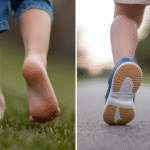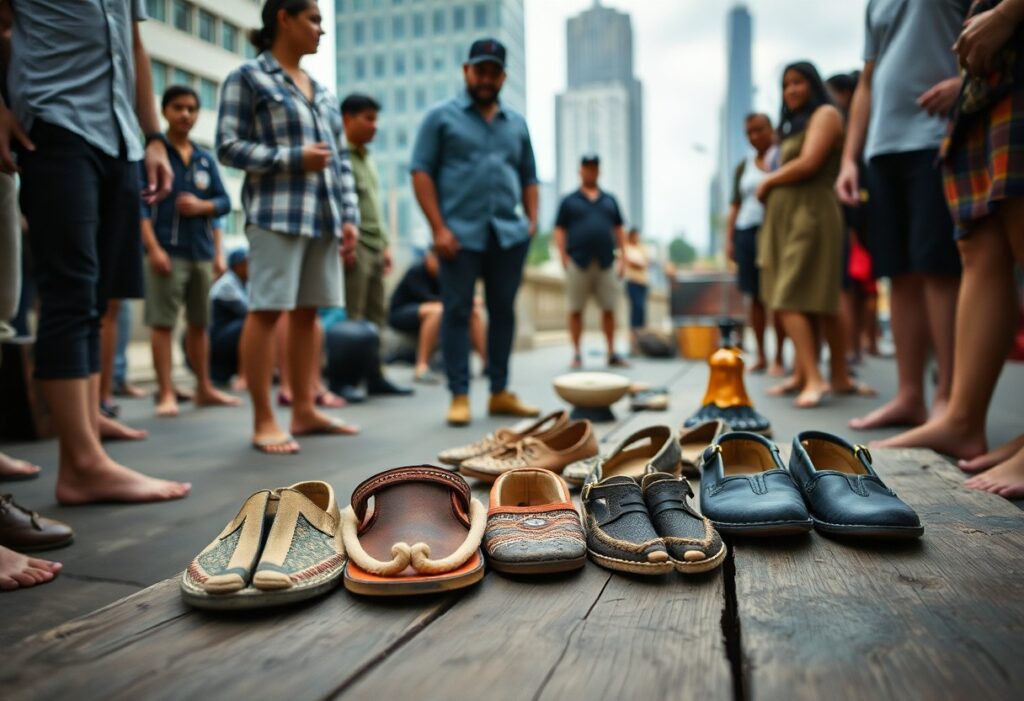
Delving into the realm of barefoot footwear through the insightful perspective of cultural anthropology reveals captivating stories that intertwine the deep-rooted traditions of Aboriginal cultures with the dynamic modern urban environment. This exploration not only uncovers the evolution of footwear but also highlights the significant role that cultural beliefs and practices surrounding minimalist footwear play in shaping our perceptions of comfort, our connection to the earth, and the ways we express ourselves. Recognising these elements enriches your understanding and encourages a thoughtful reconsideration of how your footwear choices can reflect profound cultural significance and personal identity.
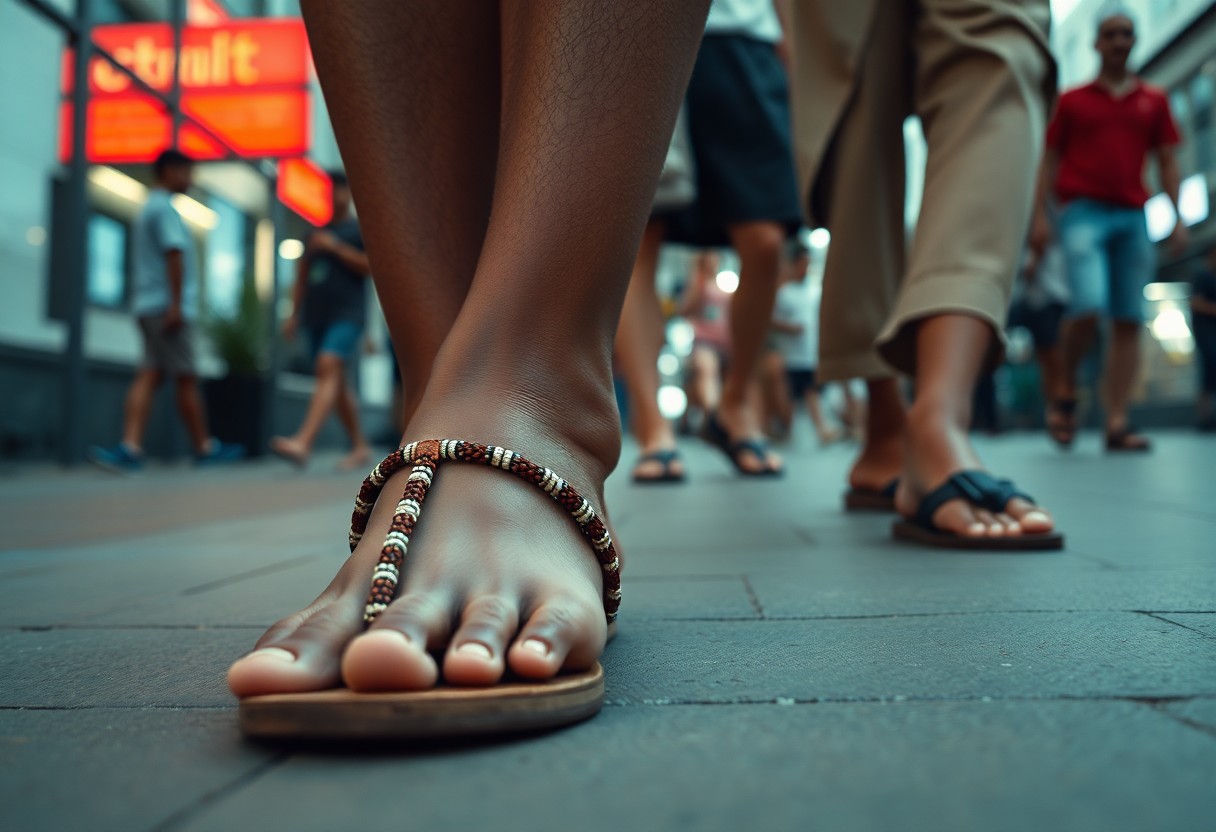
Unifying Ancient Footwear Traditions with Contemporary Innovations
The modern footwear industry is a vibrant mosaic that intricately blends ancient traditions with state-of-the-art innovations, fostering a growing appreciation for <a href="https://limitsofstrategy.com/barefoot-footwear-merging-biomechanics-with-user-search-trends/">barefoot footwear</a>. This journey pays tribute to traditional indigenous techniques while adapting them to seamlessly integrate into your contemporary lifestyle. By recognising the importance of these historical practices, you can uncover a thrilling fusion of cultural respect and practical aesthetics in your daily footwear selections, enhancing your personal style whilst honouring the legacy of the past.
Evaluating Indigenous Foot Conditioning Methods Against Modern Practices
Across various indigenous cultures, unique foot conditioning techniques have been employed to fortify feet for diverse terrains. Practices such as walking barefoot over varying surfaces have strengthened arches and muscles in ways that many contemporary interpretations often overlook. Today, while minimalist footwear claims to replicate these effects, they seldom provide the authentic experience of genuine earth contact, which is crucial for developing natural foot strength and flexibility. Embracing these ancient practices can lead to a more profound understanding of foot health, encouraging individuals to explore the benefits of barefoot living.
Tracing the Evolution of Military Footwear: From Roman Caligae to Modern Tactical Boots
The narrative of military footwear is one of remarkable adaptation and innovation, transitioning from the robust Roman caligae, designed for durability and traction, to contemporary tactical boots that merge protection with agility and comfort. A thorough examination of these transformations highlights a consistent principle: in challenging environments, functionality is paramount, necessitating equipment that enhances endurance and mobility for soldiers. Understanding this evolution provides valuable insights into how military needs have shaped modern footwear design.
Historically, the Roman caligae illustrated a sophisticated approach to military requirements, crafted from resilient leather with an open-toe design for ventilation. This ancient footwear boasted thick soles that effectively absorbed shock while providing essential traction, vital in combat scenarios. Fast forward to today, tactical boots are constructed with advanced materials like Kevlar and waterproof membranes to enhance durability and performance. These contemporary designs incorporate padded collars and cutting-edge cushioning systems to reduce injuries during demanding military operations. By appreciating the lineage of military footwear, you can observe how historical styles have paved the way for modern innovations, marrying heritage, functionality, and state-of-the-art technology to meet the exigencies of today’s warriors.
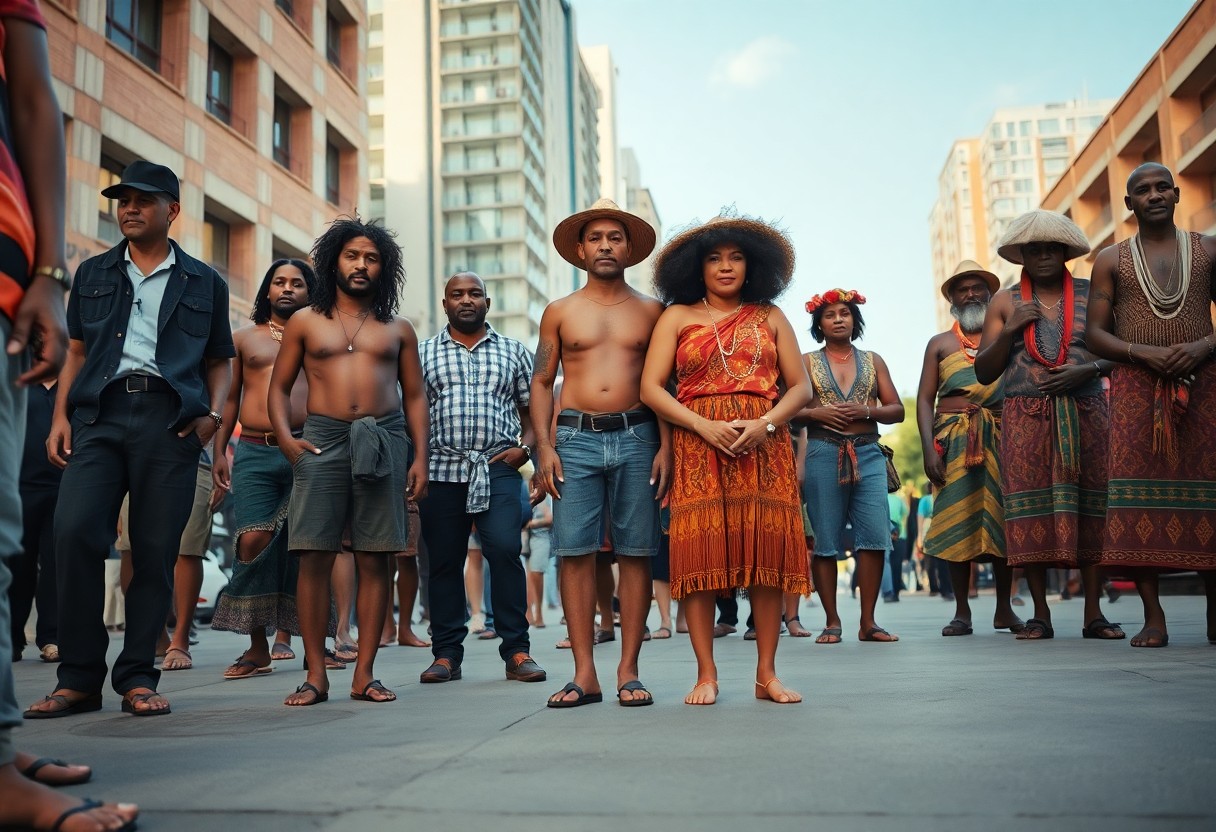
Examining the Disparities in Footwear Choices Between Urban and Rural Environments
The contrasting footwear selections between urban and rural contexts reveal significant cultural and practical differences. Urban environments often prioritise style and brand identity, while rural areas tend to focus on practicality and durability. As barefoot footwear gains traction, urban dwellers increasingly embrace its minimalist aesthetic as both a fashion statement and a means to attain perceived health benefits. Conversely, individuals in rural locales may remain sceptical, often influenced by traditional norms and the practical needs of their surroundings, which shape their footwear preferences.
Identifying Urban Trends in the Adoption of Barefoot Footwear
In urban centres, a noticeable trend towards the acceptance of barefoot footwear is emerging, with adoption rates steadily increasing over the past decade. This shift is driven by various factors, including heightened health consciousness, an expanding interest in natural movement, and the influence of fitness trends such as yoga and running. Surveys indicate that about 35% of urban residents have actively sought out barefoot-style shoes, signifying a cultural movement towards embracing innovative body mechanics and redefining urban fashion.
Investigating Gender-Specific Barriers to Barefoot Footwear Adoption: Who is Leading the Movement?
Gender dynamics significantly shape the acceptance of barefoot footwear, with distinct motivations influencing the choices made by men and women. Women often face greater societal pressures regarding fashion and aesthetics, which may impede their willingness to adopt minimalist styles. In contrast, men may be more motivated by the performance and health benefits associated with these shoes, resulting in higher adoption rates among male demographics. Understanding these dynamics is crucial for addressing the barriers faced by different genders.
Further exploration of the gendered aspects of barefoot footwear adoption reveals that societal expectations profoundly affect women’s choices. Women navigate an environment where ideals of beauty and fashion frequently overshadow practical health considerations. For instance, research indicates that approximately 45% of men in urban settings are inclined towards barefoot shoes, while only 30% of women share this inclination. Female consumers often grapple with the balance between aesthetics and practicality, leading to a more cautious approach as they evaluate the visual appeal of barefoot footwear against their needs for comfort and support. By empowering women through targeted awareness initiatives and showcasing stylish barefoot options, the willingness to embrace this trend could increase, potentially reshaping urban footwear narratives and promoting inclusivity across genders.
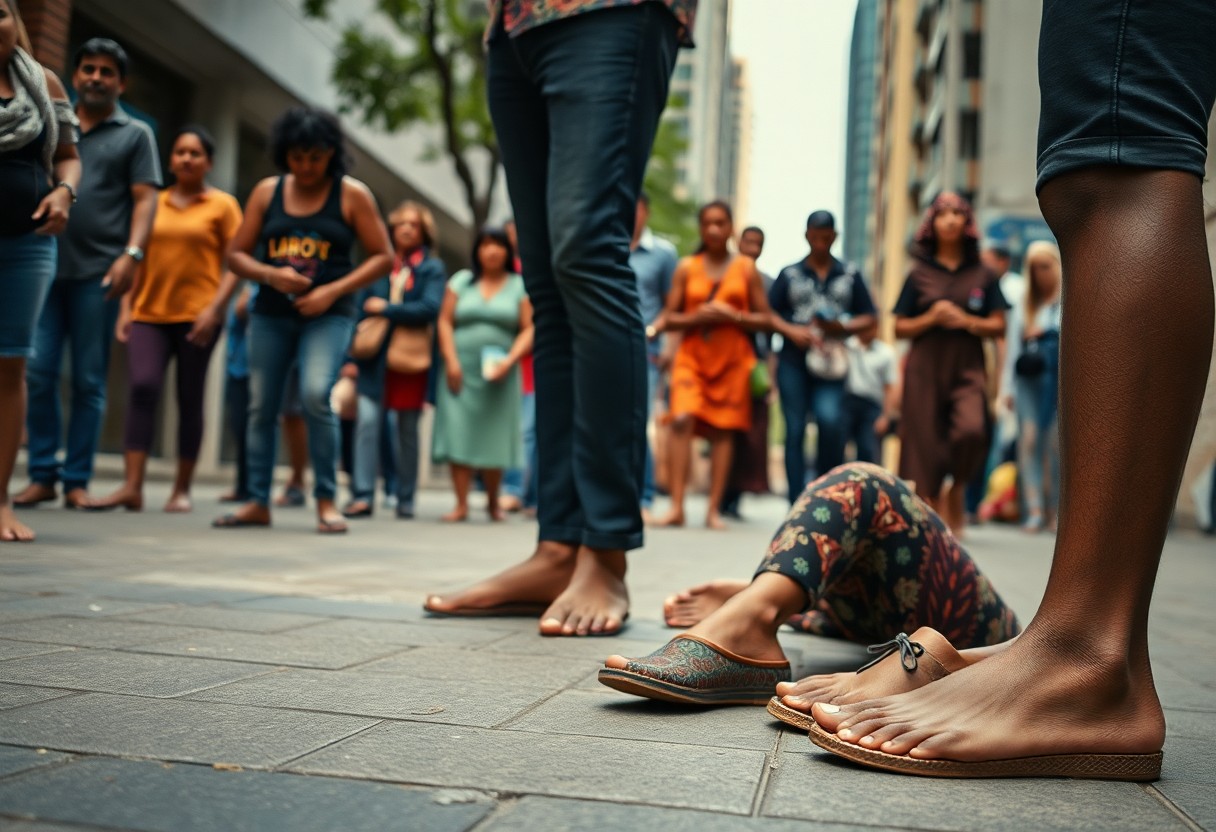
Revolutionary Developments Shaping the Future of Barefoot Footwear
As the demand for barefoot footwear continues to surge, innovative technologies are set to redefine your approach to comfort and performance. Advances in materials science and personalised fitting techniques will not only enhance functionality but also tailor your walking experience, seamlessly merging traditional wisdom with contemporary design principles. We are entering a new era where your footwear is as unique as the journey it supports, leading to unparalleled comfort and performance.
Achieving the Perfect Fit through 3D Scanning Technology
The introduction of 3D scanning technology is transforming the customisation of barefoot footwear, allowing for a precise fit that conforms to your unique foot shape. Rather than being restricted to standard sizes, your shoes can be meticulously crafted to align with the contours of your feet, significantly enhancing comfort while minimising the risk of injury. Custom-fit options will elevate your walking experience and make barefoot shoes more accessible to individuals with varying foot shapes and sizes, promoting inclusivity in footwear.
Embedding Smart Sensors: The Next Generation of Footwear Technology
The integration of smart sensors into barefoot footwear is poised to revolutionise the industry by embedding technology directly within the soles. These cutting-edge features can monitor an array of metrics, from distance travelled to foot pressure, providing you with invaluable insights to optimise your walking or running routines. With real-time data at your fingertips, you can adjust your activities to enhance performance while ensuring safety.
Imagine having access to real-time analytics during your walks or runs. Smart sensors can track your gait, alerting you to any irregularities that could lead to injury. Some progressive brands are already developing footwear capable of analysing your foot's impact on various surfaces, offering tailored recommendations for style or cushioning adjustments on the fly. This pioneering integration combines smart technology with the traditional barefoot philosophy, allowing you to maintain a natural stride while leveraging the latest advancements in wearable tech. The potential for enhancing athletic performance, rehabilitation, and everyday comfort is boundless, fundamentally transforming how you engage with your environment with each step.
Reflecting on the Evolution of Barefoot Footwear
Your exploration into the cultural anthropology of barefoot footwear reveals a rich narrative interwoven from the threads of Aboriginal traditions to contemporary urban practices. By embracing the principles of natural movement and connectivity to the earth, you gain insights into how this footwear philosophy transcends mere aesthetics, profoundly impacting lifestyle choices and community values. As you contemplate these diverse perspectives, consider how your footwear selections can embody and promote a deeper understanding of cultural heritage and adaptability in the modern world.
The Article Cultural Anthropology of Barefoot Footwear: From Aboriginal Traditions to Modern Urban Adoption appeared first on My Shoes Finder
The Article Cultural Anthropology of Barefoot Footwear: Traditions to Today Was Found On https://limitsofstrategy.com


